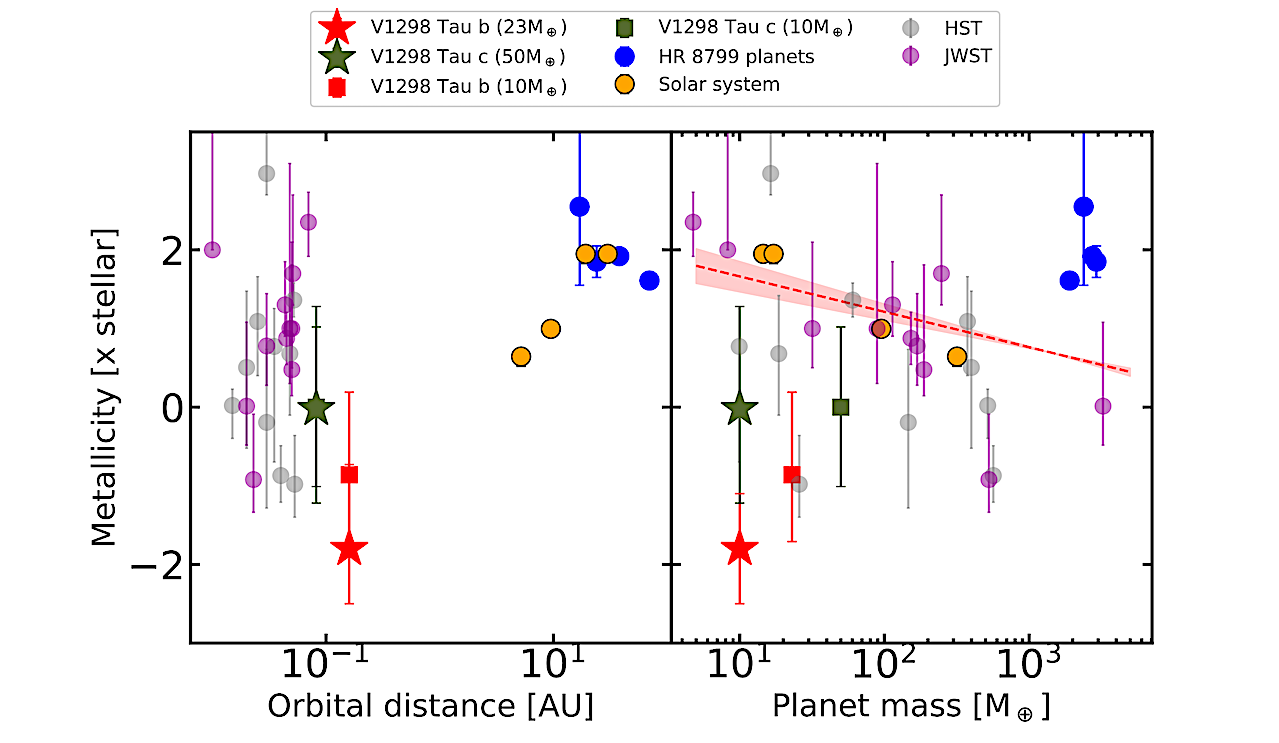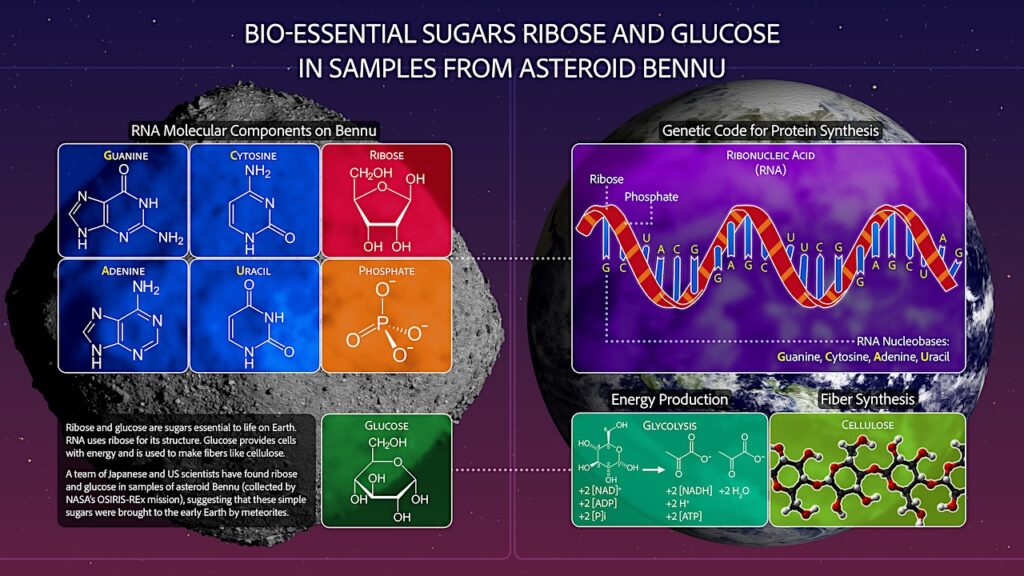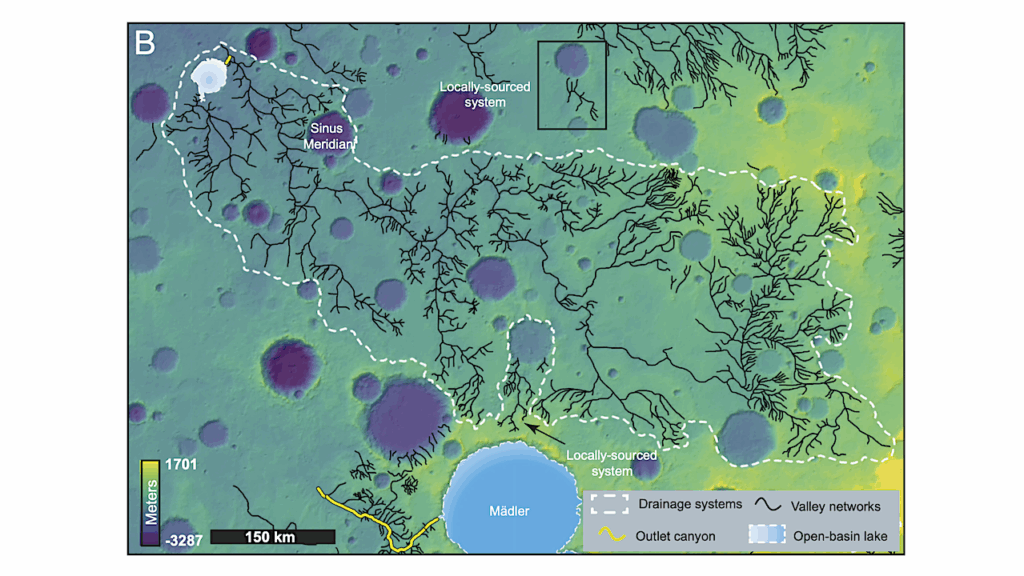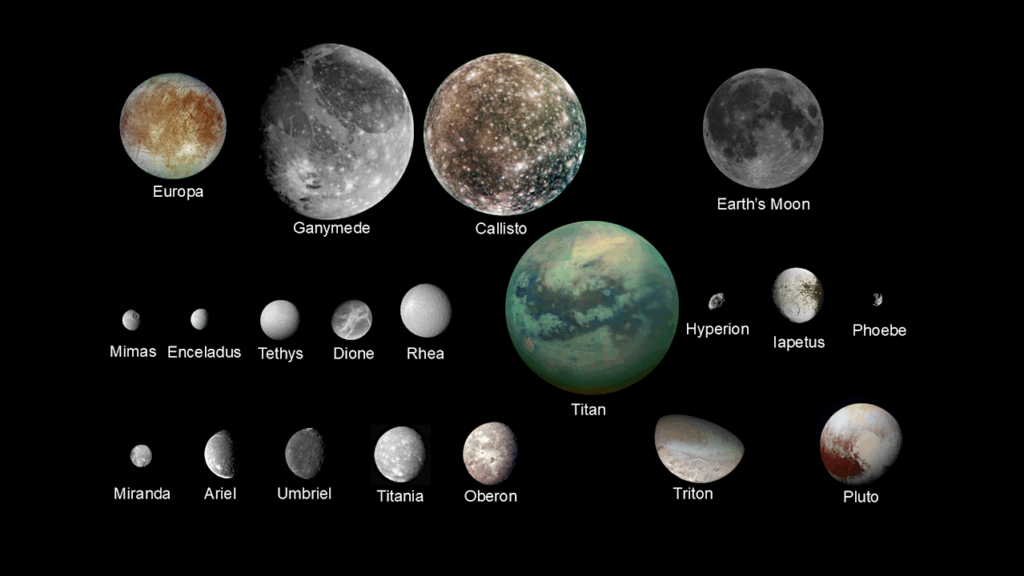First Comparative Exoplanetology Within a Transiting Multi-planet System: Comparing the atmospheres of V1298 Tau b and c

The V1298 Tau system (20-30Myr), is a benchmark young multi-planet system that provides the opportunity to perform comparative exoplanetology between planets orbiting the same star right after their formation.
We present the first atmospheric comparison between two planets in the same transiting system: V1298 Tau b and V1298 Tau c. We derive constraints on the mass of planet b and c (<20M⊕ at 3σ confidence level and 17+13−6M⊕ respectively) and atmospheric metallicity (logZ/Z⊙=-2.040.69−0.59, -0.161.15−0.94 respectively) from atmospheric retrievals.
The V1298 Tau planets, are likely to be similar in terms of mass at the current age, implying that both planets are potential sub-Neptune/super-Earth progenitors. However, planet c is expected to lose a higher fraction of its mass compared to planet b given its close proximity to the host star.
Alternatively, the observed spectrum of planet c can be explained by atmospheric hazes, which is in contrast to planet b where efficient haze formation can be ruled out. Higher haze formation efficiency in planet c could be due to differences in atmospheric composition, temperature and higher UV flux incident compared to planet b.
Saugata Barat, Jean-Michel Désert, Jayesh M. Goyal, Allona Vazan, Yui Kawashima, Jonathan J. Fortney, Jacob L. Bean, Michael R. Line, Vatsal Panwar, Bob Jacobs, Hinna Shivkumar, James Sikora, Robin Baeyens, Antonija Oklopcić, Trevor J. David, John H. Livingston
Comments: Submitted to Astronomy ad Astrophysics
Subjects: Earth and Planetary Astrophysics (astro-ph.EP)
Cite as: arXiv:2407.14995 [astro-ph.EP] (or arXiv:2407.14995v1 [astro-ph.EP] for this version)
Submission history
From: Saugata Barat
[v1] Sat, 20 Jul 2024 22:06:06 UTC (12,061 KB)
https://arxiv.org/abs/2407.14995
Astrobiology,








